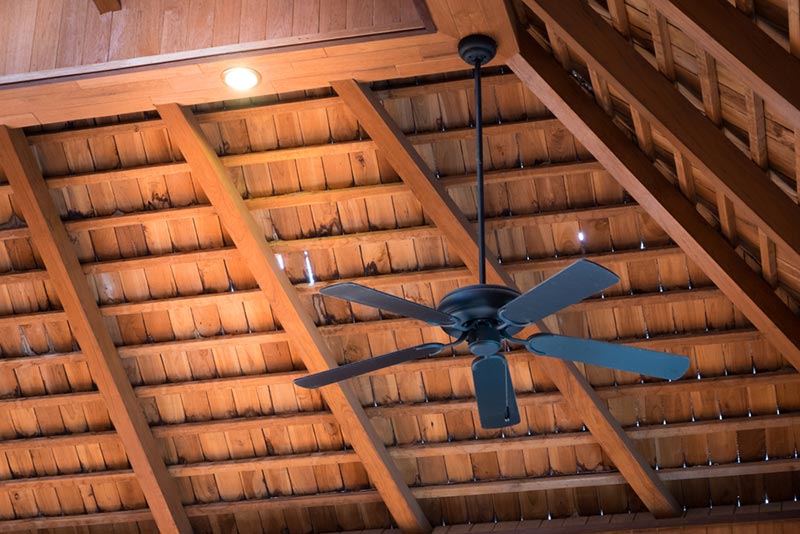How Hot Does an Attic Get? Dangers, Tips, & FAQ
-
Ed Malaker
- Last updated:

In many homes, the attic can be a hot place to be at any time, but that’s especially true during the summer months. Many people might wonder how high the temperature can get: It can reach up to 150 degrees Fahrenheit in some cases. Temperatures that high can affect more than just your comfort, so keep reading as we look at why the temperature can get so high in the attic, what it should be, and how you can help control it.
How Hot Can My Attic Get?
If your attic is closed with poor ventilation, temperatures can reach 130–150 degrees Fahrenheit during the summer, especially on sunny days. Southern states will see the highest temperatures, but even northern states get plenty of heat and sunshine in the summer that can spike temperatures.

What Are the Dangers of Having High Temperatures in the Attic?
Roof Damage
The primary reason to be concerned about high heat in your attic is that it can cause premature deterioration of your shingles and other roofing materials. The more they wear down, the more often you will need to spend money to repair them, leading to significantly higher costs over time.
Electrical Damage
Excessively high temperatures in the attic can melt the plastic covering on any wires running through the space, possibly leading to an electrical hazard and the high cost of replacing them.

Increased Utility Bills
If your attic is excessively hot, it will make it harder for your air conditioning unit to keep your home cool. The extra work that your AC unit does will increase your utility bills.
Fire hazard
While the high temperatures in the attic might not directly start a fire, they can dry out the attic’s wood and other items, making them much more flammable and easier to ignite should they come in contact with a spark or flame.
What Temperature Should My Attic Be?
Most experts recommend keeping your attic no more than 10–20 degrees warmer than the air outside the home. Any discrepancy larger than that could start to cause problems.

How Can I Tell What Temperature My Attic Is?
Any thermometer can help you determine the current temperature in your attic. However, a thermometer that works with your smartphone can help you monitor the temperature around the clock, and it can even alert you if the temperature gets too high, so you can take immediate action.
How Can I Keep the Temperature in My Attic Under Control?
Electric Ventilators
Electric ventilators are fans that turn on automatically and vents that open to remove the hot air in your attic when it detects that temperatures are higher than previously set. These systems work great because they can move a large amount of air at any time, without your input. However, they can be expensive and require frequent maintenance.

Passive Vents
Passive vents are essentially small openings in the attic that enable hot air to escape, keeping the temperature in the attic closer to that of the outdoors without requiring any electronic or mechanical components. The downside is that it can take a long time for the heat to escape, and the vents might still allow the temperature to rise too high on hot days.
Better Insulation
Installing insulation with an R factor above 19 can have several benefits. It can make it more difficult for the sun and roofing materials to heat the attic, and it can prevent the hot air in the attic from penetrating your living space, so your air conditioner doesn’t need to work as hard. The downside to high-quality insulation is that it can be quite expensive.

Proper Storage
The way that you store the items in your attic can have a big impact on the temperature. For example, if you store many boxes in the attic, it can be more difficult for air to move around the room, which is an essential part of keeping it cool. Always ensure that there’s a clear path for the air to move through the attic, and don’t put up any curtains or close any doors.
Summary
Your attic can reach temperatures up to 150 degrees Fahrenheit on a hot summer day. These high temperatures can cause your shingles to break down faster, resulting in more frequent roof repairs. It can also make your air conditioner work harder to keep your living space cool as the heat penetrates the lower floors, resulting in higher energy costs. Try to keep your attic temperature within 10–20 degrees of the outside air by watching the current temperature and using passive and/or electric vents to help move hot air out of the building.
Featured Image Credit: dugdax, Shutterstock
Contents
